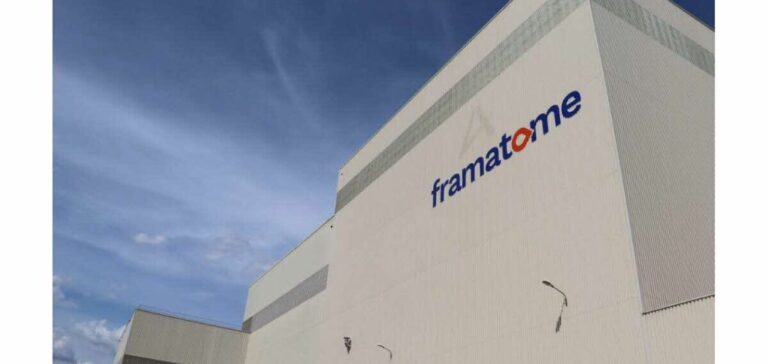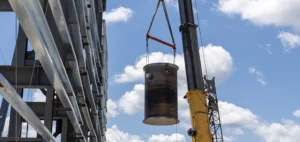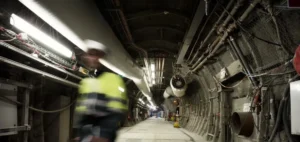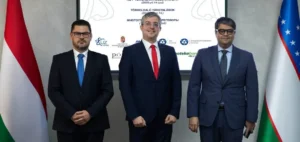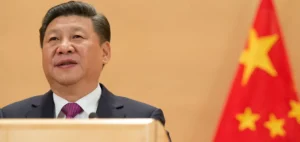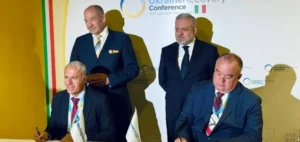Framatome, a key player in the nuclear sector, has secured the review of its report on high burnup fuels for pressurized water reactors by the U.S. Nuclear Regulatory Commission (NRC). Submitted in November 2024, the report covers the GAIA and HTP fuel designs, developed to improve nuclear plant performance by optimizing cycle duration and enhancing operational flexibility.
Fuel cycle optimization
Framatome’s initiative is part of its Advanced Fuel Management (AFM) program, which aims to introduce technologies suited to the needs of the U.S. nuclear fleet. The integration of uranium oxide (UO₂) pellets with higher enrichment levels and improved combustion methods extends fuel cycles from 18 to 24 months for a significant portion of operating reactors. This technical development seeks to strengthen operational efficiency while ensuring the continuous production of electricity.
Regulatory validation and fuel transportation
The NRC recently approved the application of an advanced set of Framatome’s codes and methods, allowing the operation of fuels enriched beyond 5% uranium-235. This regulatory authorization is accompanied by a license modification facilitating the transportation of fuel assemblies for pressurized water reactors and boiling water reactors, with enrichment levels reaching up to 8%.
Industrial deployment and outlook
GAIA and HTP fuels are manufactured and supplied to nuclear plants in the United States and Europe. Production takes place at Framatome’s industrial site in Richland, United States, which has been contributing to the manufacturing and supply of advanced nuclear fuels for over 55 years. The NRC’s acceptance of this report marks a further step for Framatome in deploying technologies tailored to the needs of the nuclear sector.

